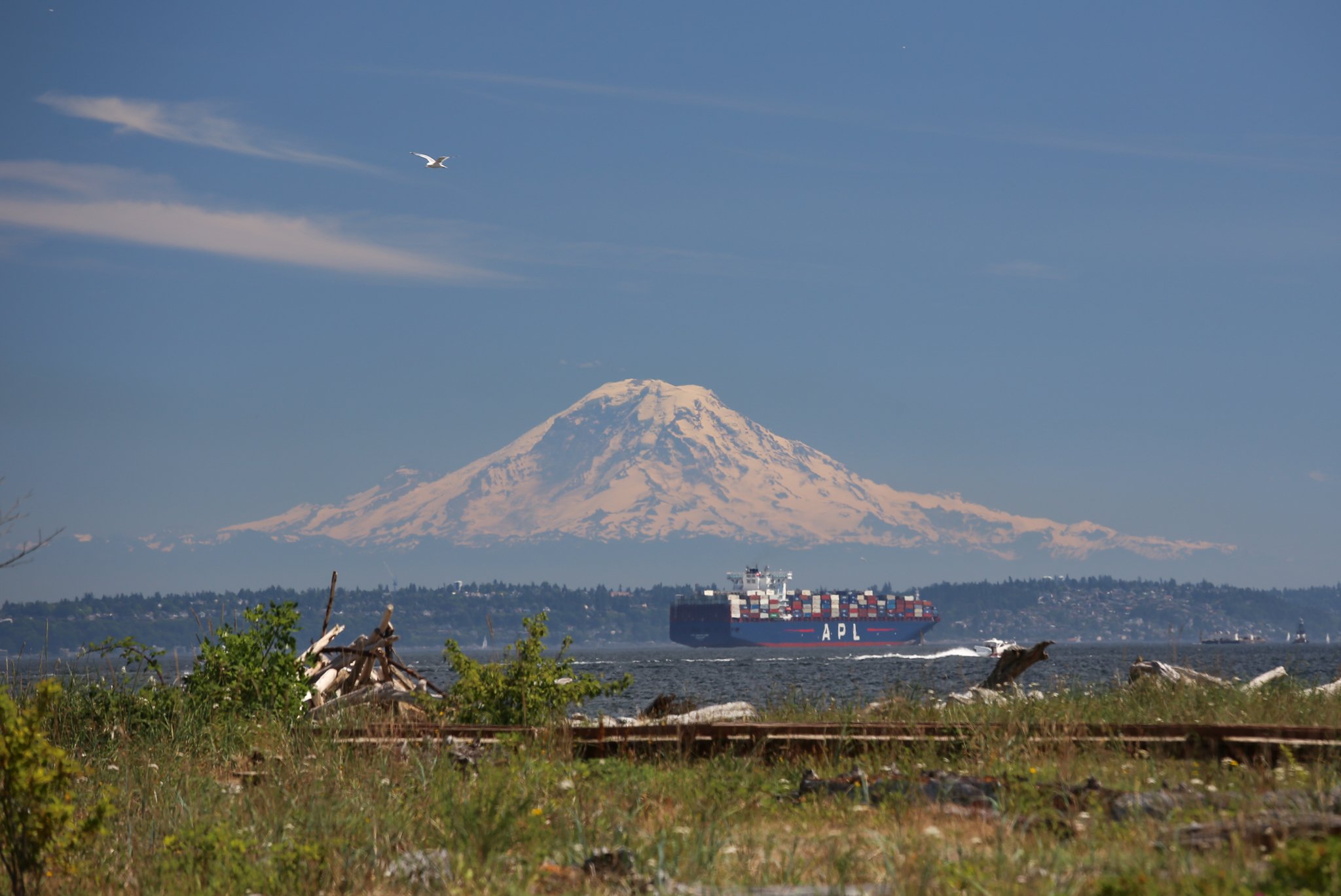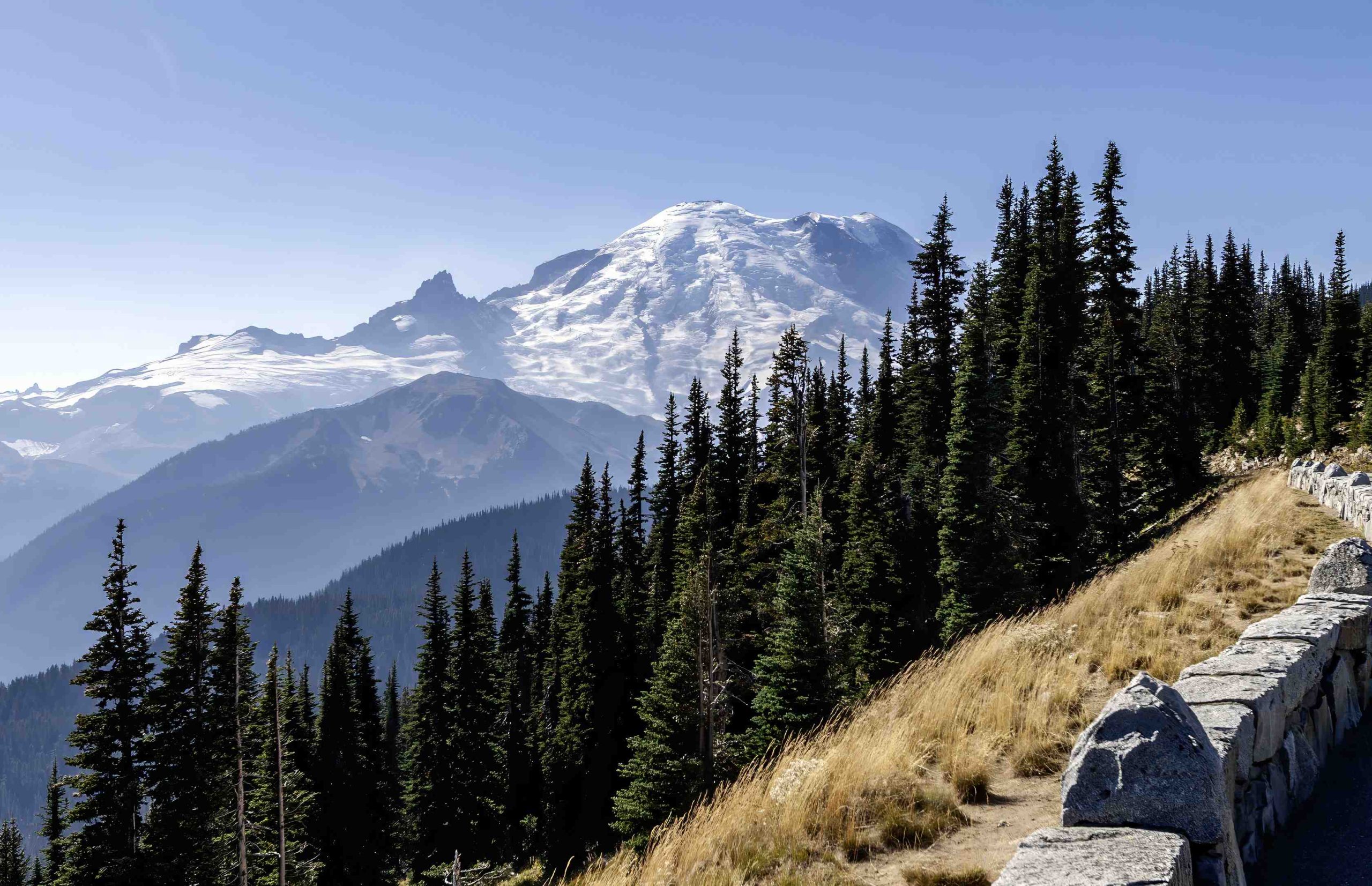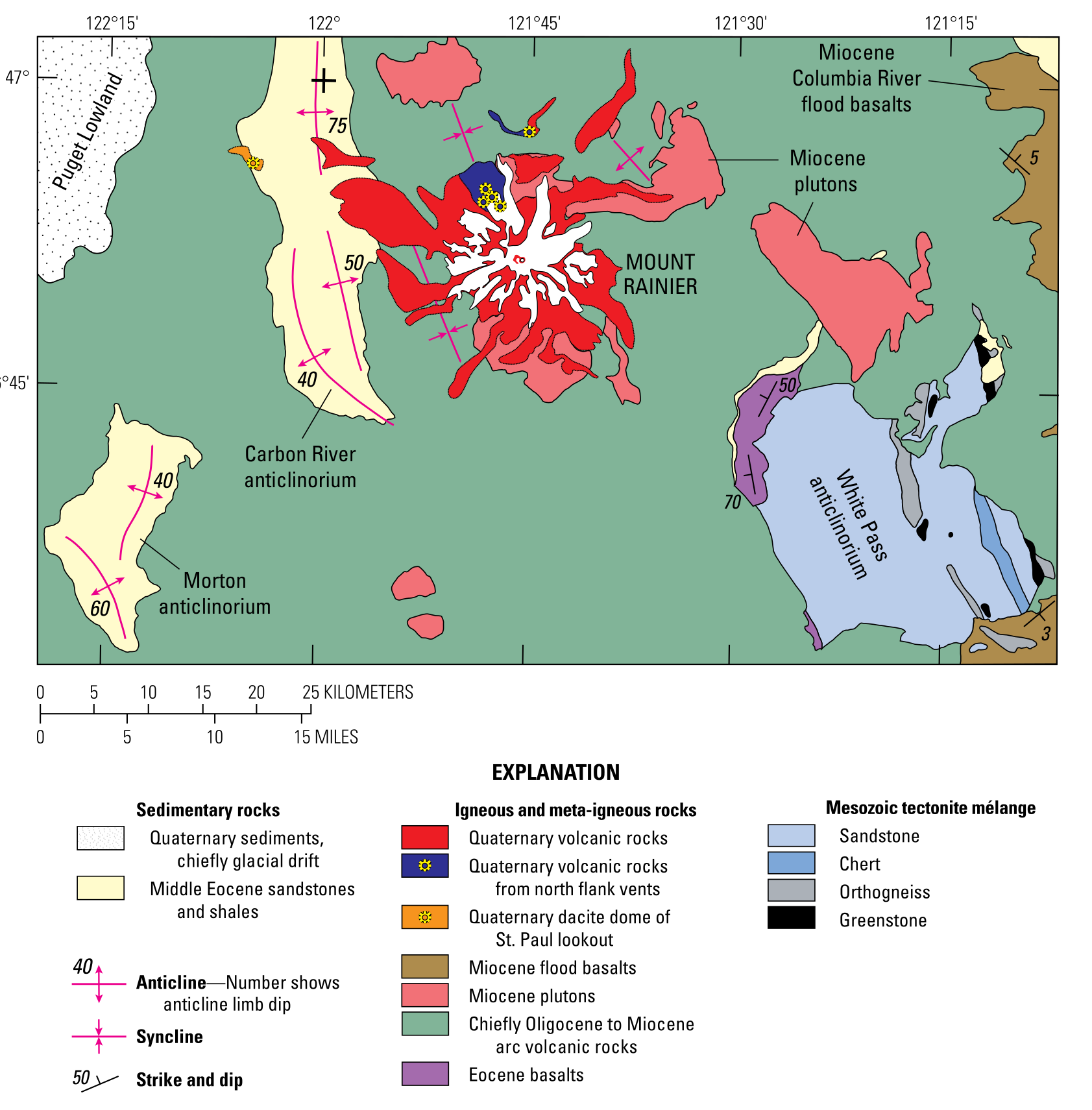Mount Rainier’s summer colors transform the landscape into a breathtaking display of vibrant hues. From late July to mid-August, the mountain’s meadows burst with wildflowers, painting the slopes in a kaleidoscope of purples, reds, yellows, and whites. This natural phenomenon attracts visitors from around the world, offering a unique opportunity to witness the raw beauty of alpine flora against the backdrop of an iconic stratovolcano. The interplay of sunlight, elevation, and diverse plant species creates a mesmerizing visual feast that changes throughout the summer season.
What Are the Best Times to Experience Mount Rainier’s Summer Colors?

The peak bloom for Mount Rainier’s wildflowers typically occurs from late July to mid-August. However, the exact timing can vary based on several factors:
- Snowmelt patterns
- Spring and early summer temperatures
- Elevation of specific areas
To maximize your chances of seeing the most vibrant displays:
- Plan your visit for late July to early August
- Check the park’s website for current bloom reports
- Be prepared to adjust your plans based on local conditions
Where Are the Most Spectacular Viewing Spots for Mount Rainier’s Summer Colors?

Several trails and areas within Mount Rainier National Park are renowned for their stunning wildflower displays:
- Skyline Trail
- Length: 6-mile loop
- Difficulty: Moderate to difficult
-
Highlights: Panoramic views of Mount Rainier, diverse wildflower meadows
-
Nisqually Vista Trail
- Length: 1.5 miles
- Difficulty: Easy, family-friendly
-
Highlights: Nisqually Glacier views, accessible wildflower meadows
-
Naches Peak Loop Trail
- Length: 3 miles
- Difficulty: Moderate
-
Highlights: Vibrant fields of heather, paintbrush, and lupine
-
Reflection Lakes
- Length: Various short trails
- Difficulty: Easy
- Highlights: Iconic reflections of Mount Rainier, lakeside wildflowers
What Types of Flowers Contribute to Mount Rainier’s Summer Colors?
The diverse array of wildflowers at Mount Rainier creates a stunning palette of colors throughout the summer. Here’s a breakdown of some key species and their bloom times:
| Flower Species | Color | Peak Bloom Time |
|---|---|---|
| Avalanche Lily | White | Late May – Early July |
| Glacier Lily | Yellow | Late May – Early July |
| Lupine | Purple | Mid-July – Early August |
| Scarlet Paintbrush | Red | Mid-July – Early August |
| Pink Penstemon | Pink | Mid-July – Early August |
| Cinquefoil | Yellow | Mid-July – Early August |
| Aster | Purple/White | Late August |
| Gentian | Blue | Late August |
How Does Elevation Affect Mount Rainier’s Summer Colors?
Elevation plays a crucial role in the timing and distribution of Mount Rainier’s summer colors:
- Lower elevations (4,000-5,000 feet): Blooms start earlier, typically in late June to early July
- Mid elevations (5,000-6,500 feet): Peak blooms occur in mid to late July
- Higher elevations (above 6,500 feet): Blooms may not appear until early August
This elevation-based progression creates a ‘wave’ of color that moves up the mountain as summer progresses, offering visitors the chance to experience different stages of bloom throughout the season.
What Are the Best Photography Tips for Capturing Mount Rainier’s Summer Colors?
To capture the stunning beauty of Mount Rainier’s summer colors:
- Use a wide-angle lens for sweeping landscape shots
- Experiment with macro photography for close-ups of individual flowers
- Visit during the ‘golden hours’ of early morning or late afternoon for optimal lighting
- Include Mount Rainier in the background for scale and context
- Consider using a polarizing filter to enhance color saturation
- Be patient and respectful of the environment – stay on designated trails
How Can Visitors Responsibly Enjoy Mount Rainier’s Summer Colors?
To preserve the delicate ecosystem and ensure future generations can enjoy Mount Rainier’s summer colors:
- Stay on designated trails to prevent damage to fragile alpine meadows
- Practice Leave No Trace principles
- Avoid picking or trampling flowers
- Keep a safe distance from wildlife
- Follow all park regulations and guidelines
What Should Visitors Know About Accessibility and Facilities?
When planning your visit to experience Mount Rainier’s summer colors:
- Parking: Available at major trailheads but can fill quickly during peak season
- Visitor Centers: Paradise and Sunrise areas offer information, exhibits, and amenities
- Timed Entry: Required for certain entrances from May 24 to September 2, 2024
- Accessibility: Some trails, like Nisqually Vista, are wheelchair-friendly
- Guided Programs: Check for ranger-led hikes and educational talks
Are There Any Special Events Related to Mount Rainier’s Summer Colors?
While there aren’t specific events dedicated to the wildflower blooms, the park offers various programs that enhance the experience:
- Ranger-led wildflower walks (check schedule at visitor centers)
- Photography workshops (offered by private operators)
- Junior Ranger programs for children, often including flower identification activities
How Does Climate Change Impact Mount Rainier’s Summer Colors?
Climate change poses significant challenges to Mount Rainier’s delicate ecosystem:
- Earlier snowmelt may shift bloom times
- Changing precipitation patterns could affect flower density and distribution
- Some species may migrate to higher elevations or disappear entirely
- Increased fire risk could threaten wildflower meadows
Ongoing research by park scientists helps monitor these changes and inform conservation efforts.
Mount Rainier’s summer colors offer a spectacular display of nature’s artistry. By understanding the best times to visit, where to go, and how to responsibly enjoy this natural wonder, visitors can create lasting memories while helping to preserve this unique ecosystem for future generations. Whether you’re an avid hiker, a photography enthusiast, or simply someone who appreciates the beauty of the natural world, the vibrant wildflower meadows of Mount Rainier provide an unforgettable experience that showcases the raw beauty of the Pacific Northwest.
References:
1. Walk the Wildflower Nature Trails at Paradise – Visit Rainier
2. Tom’s Top Ten Wildflower Hikes in Mt Rainer National Park – Travel With Janice
3. Spectacular Wildflowers at Mount Rainier National Park – Must Love Roses

